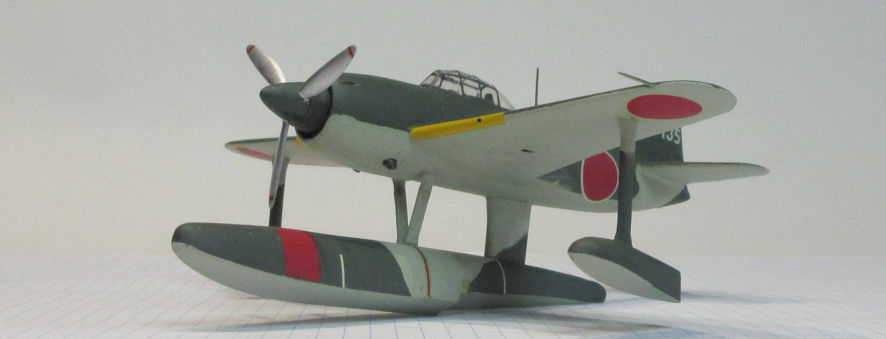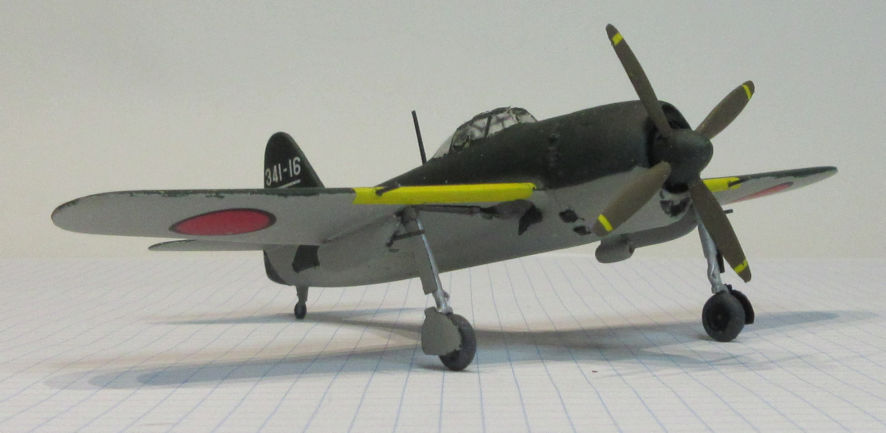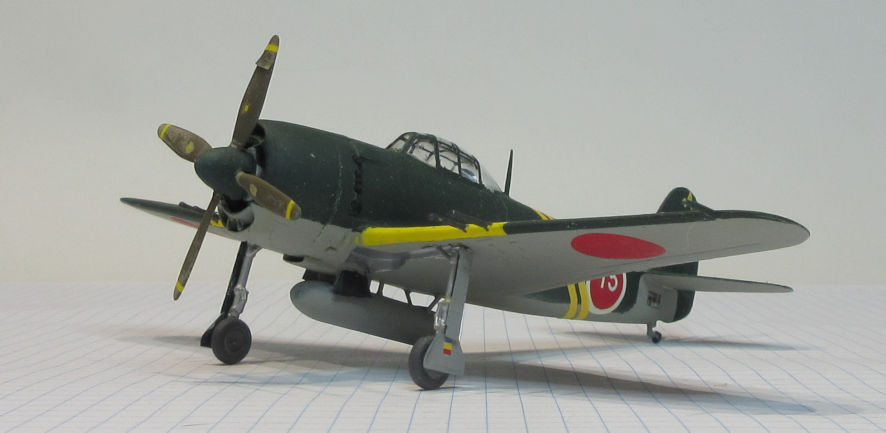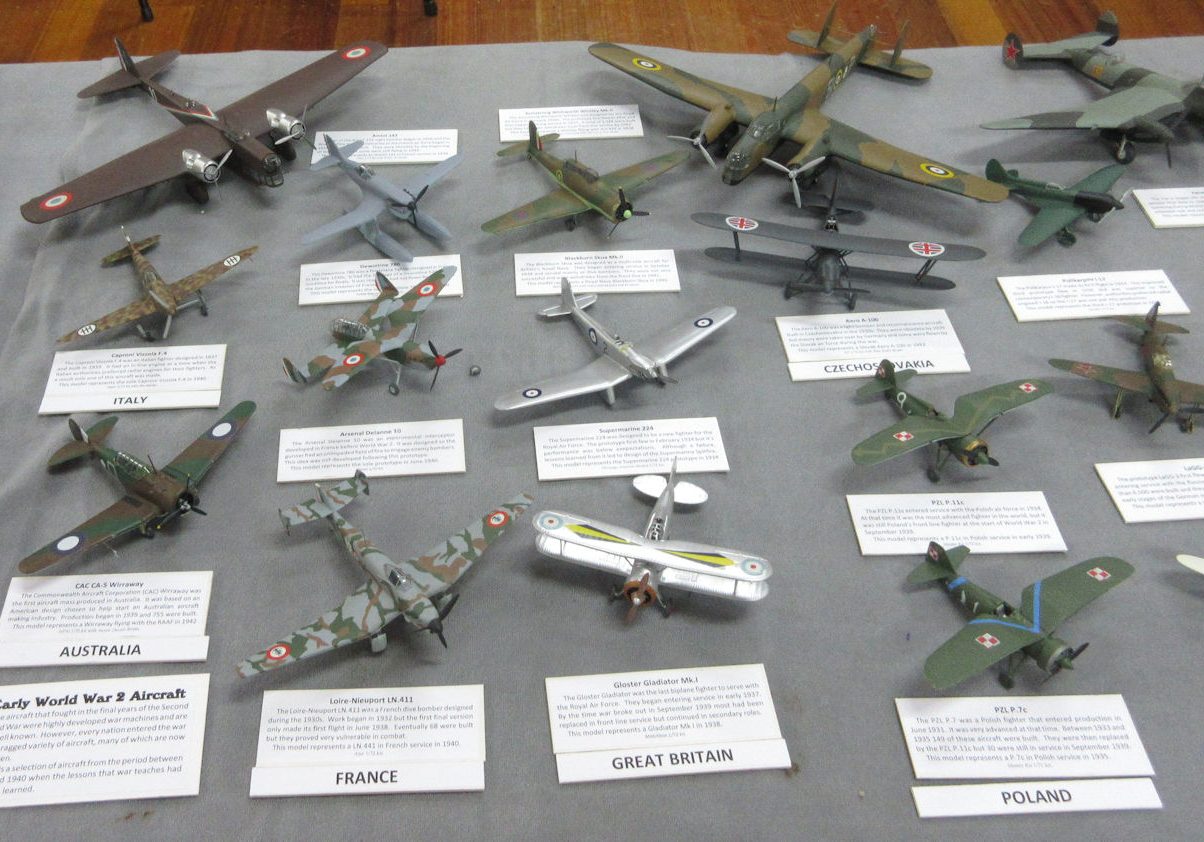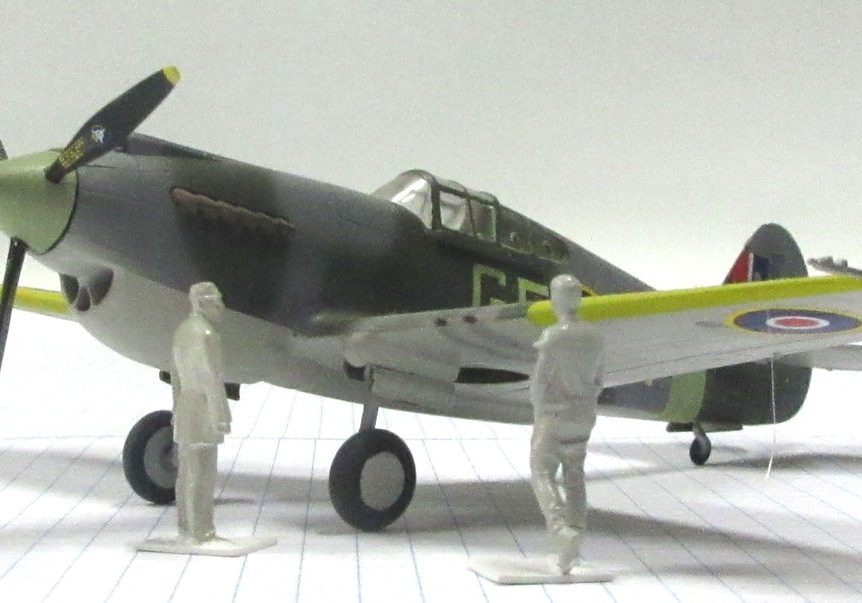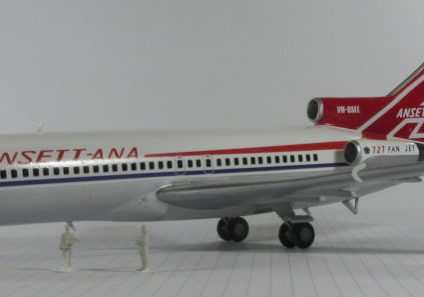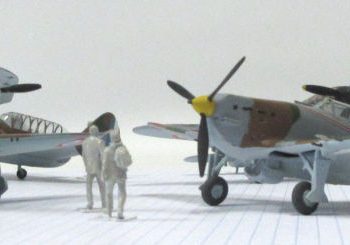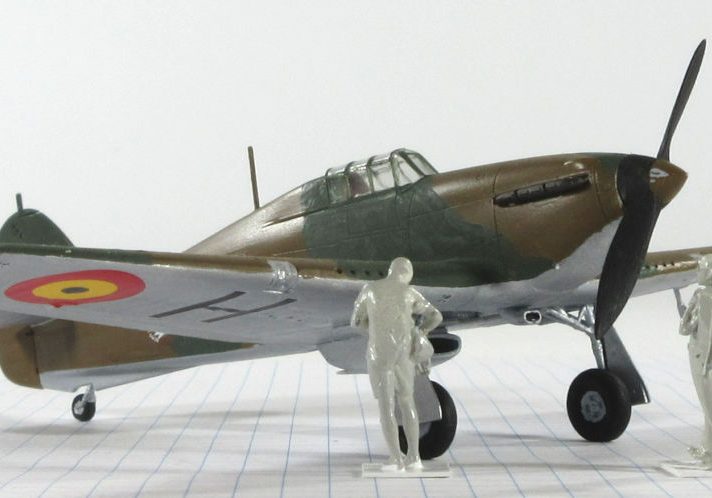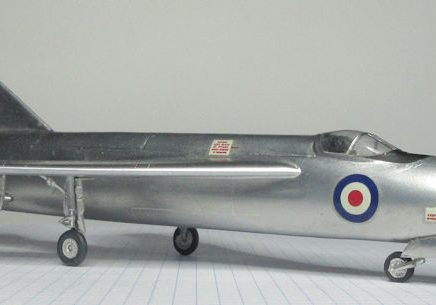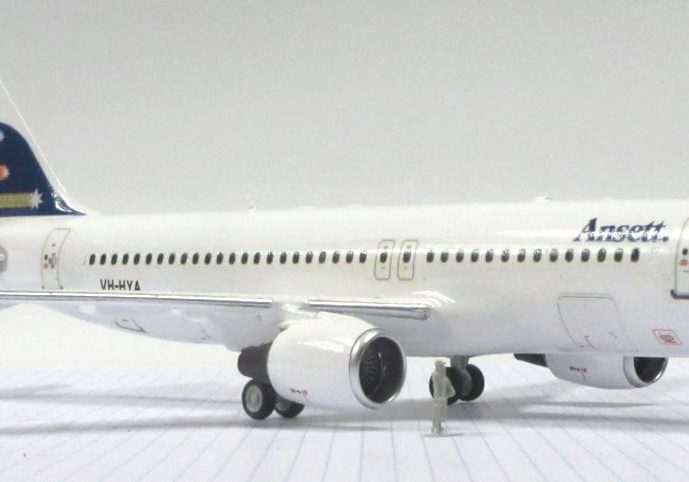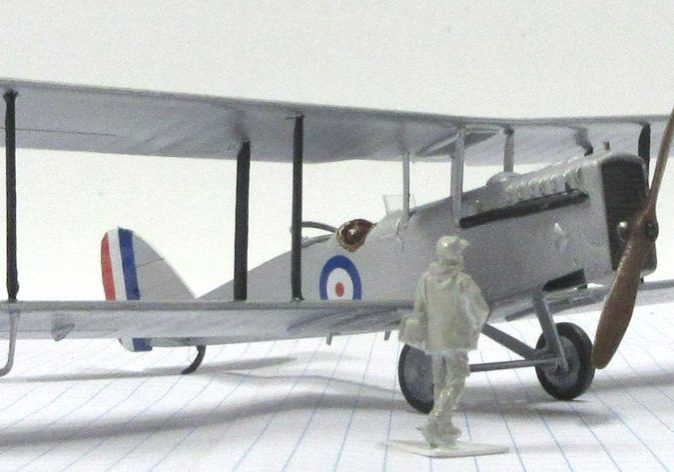At the end of the Second World War one of the most impressive and effective fighter aircraft was Japan’s Kawanishi N1K2-J which could hold its own against the latest American fighters.
Development of this fighter began in 1940 when the Imperial Japanese Navy sought a floatplane fighter that could fly offensive missions from water bases close to the war front. It was requested because the Navy’s aircraft carriers could not be everywhere and effective aerodromes on land were expensive and time consuming to build so floatplane fighters flying from rivers or protected water could be moved quickly to where they were most needed.
While the Nakajima company developed a floatplane version of the Zero fighter Kawanishi began development of a purpose built floatplane fighter which emerged in the form of the Kawanishi N1K1 Kyofu (Strong Wind) that the Allies gave the code name ‘Rex’. The prototype was first flown on 6 May 1942 and was well received for its good performance which was on a level with the Navy’s Zero fighter. However, testing found several problems which had to be resolved before the aircraft could be put into production.
By the time the N1K1 was ready for service it was no longer needed. By 1943 the Allies had begun to push back the Japanese advances into the Pacific and the Navy now needed a good defensive fighter rather than one designed for offensive service. As a result only 89 N1K1s were made and they served out the rest of the war in defense of the Japanese home islands.
Despite this change in circumstances the N1K1 was a good, nimble fighter so the engineers at Kawanishi began planning a land based version which would be even better because it was not hampered by the drag or weight of its massive float. In late 1941 work began on this new version of the fighter as a company private venture and the prototype first flew on 27 December 1942. This new fighter was called the N1K1-J Shiden (Violet Lightning), the ‘-J’ indicated that it was a land plane version of the N1K1, and the Allies code named it ‘George’.
The N1K1-J was an effective fighter and unique in having automatic combat-flaps that freed up the pilot’s concentration and reduced the chance of stalling during combat. It was superior to the Navy’s Zero fighter and ordered into production with 1,007 being manufactured between July 1943 and June 1945.
Despite its superior performance the N1K1-J had temperamental flight characteristics that required an experienced pilot. It also suffered from engine reliability problems, was complex to manufacture and had long, weak undercarriage because of the mid-fuselage location of the wings.
Recognizing these problems Kawanishi began a complete redesign of the N1K1-J four days after the prototype had first flown. The most obvious change was relocating the wings to the lower fuselage which resolved the undercarriage problem. The fighter was also redesigned to simplify construction, use fewer critical materials in construction and was 250kg lighter. A prototype of this new version, named the N1K2-J Shiden Kai (modified Violet Lightning) flew on 1 January 1944 and the new fighter was rushed into production. A total of 406 were manufactured between December 1943 and the end of the war with production reaching over 30 a month only in December 1944.
The N1K2-J gave the Imperial Japanese Navy a fighter the equal of anything else in the world at that time. It could match the best American fighters – F6F Hellcat, F4U Corsair and P-51 Mustang and gave Japanese pilots flying it a fighting chance of surviving combat. However it was still a temperamental fighter to fly and only available in small numbers. As a result its use was restricted to the most skilled and experienced pilots and allocated to the Navy’s elite fighter units. By then, however, superior allied numbers overwhelmed any defense the N1K2-Js could offer.
Four N1K2-Js survive and are on display in museums, three in the United States and one in Japan.

